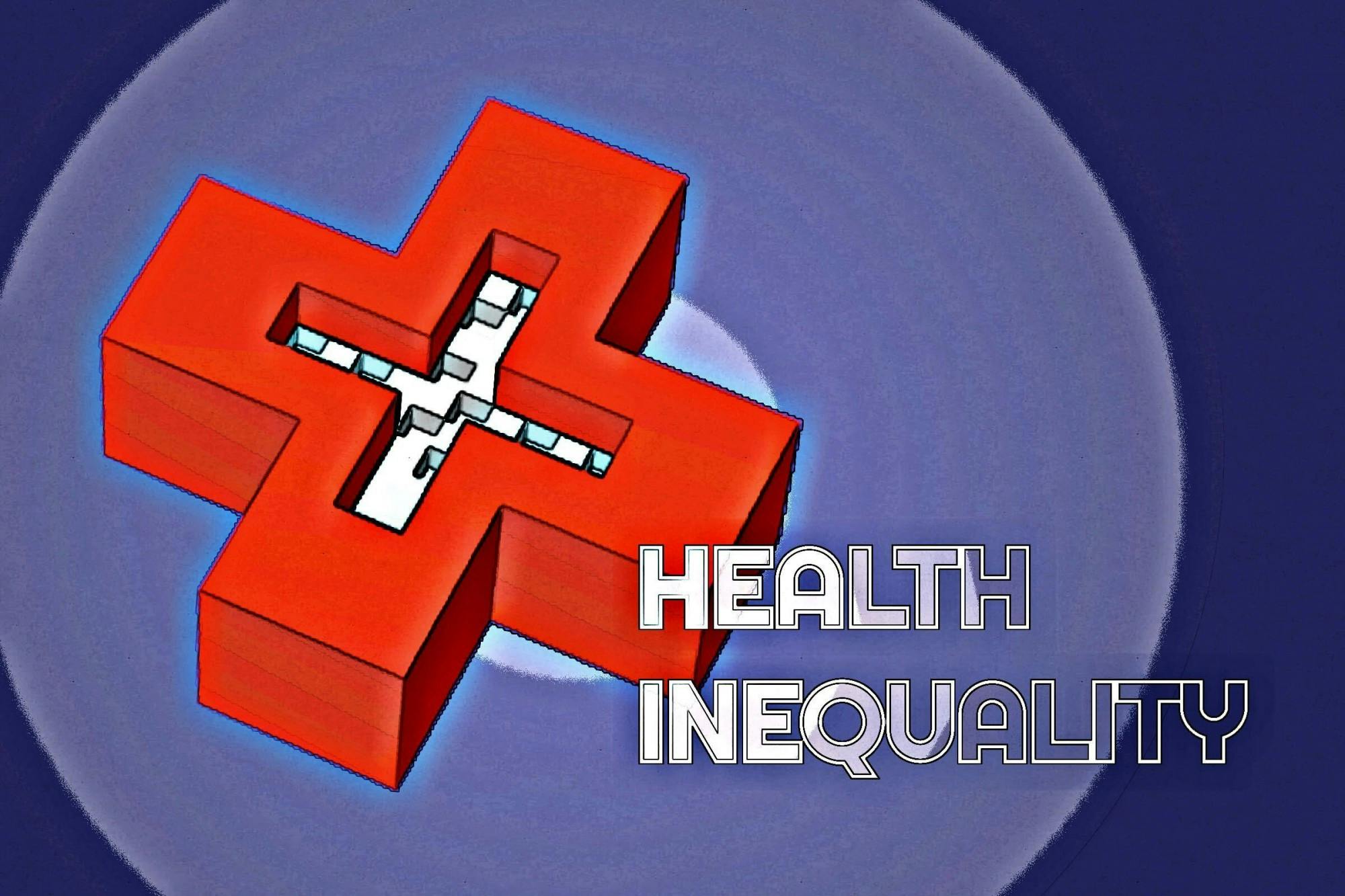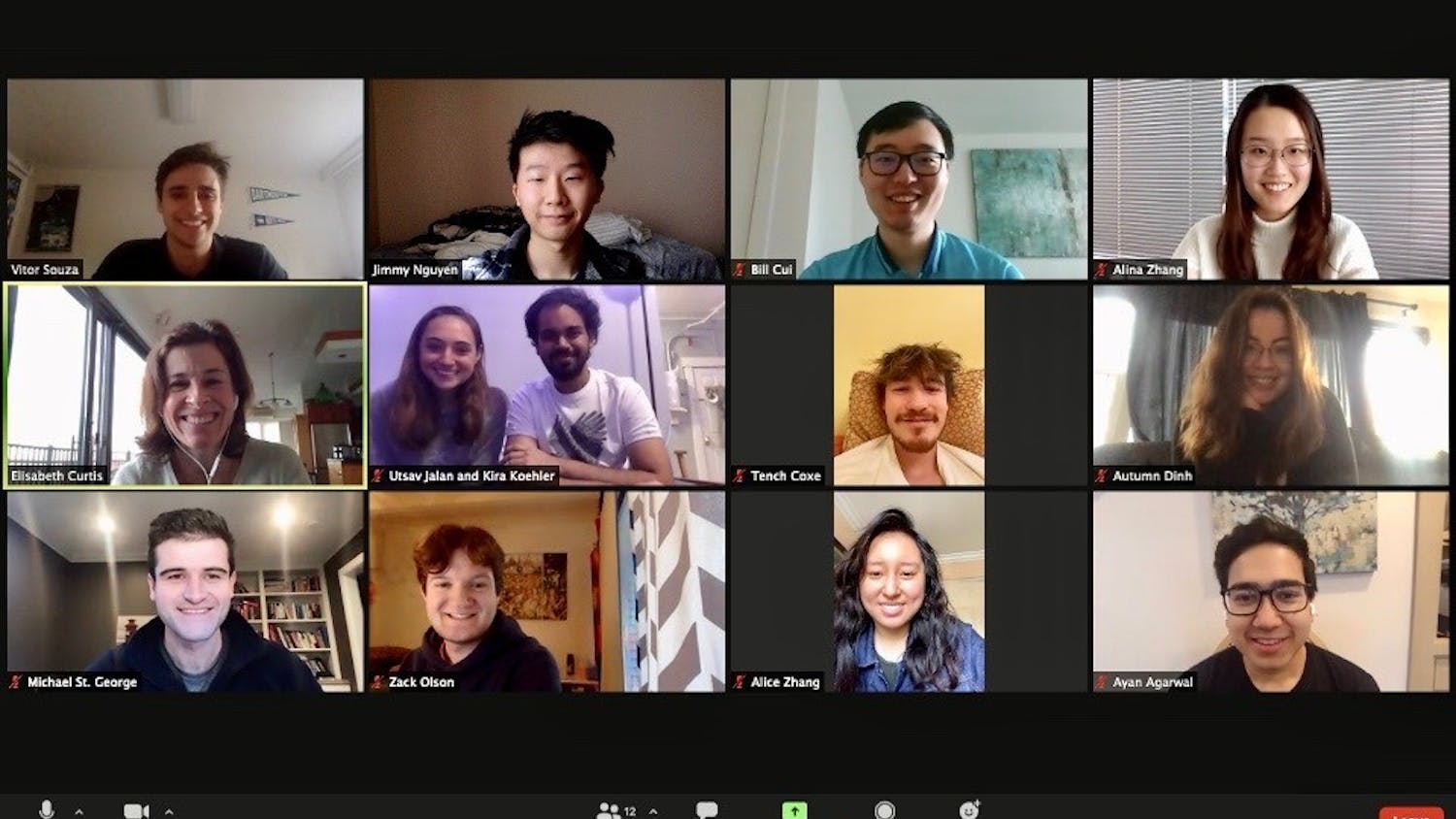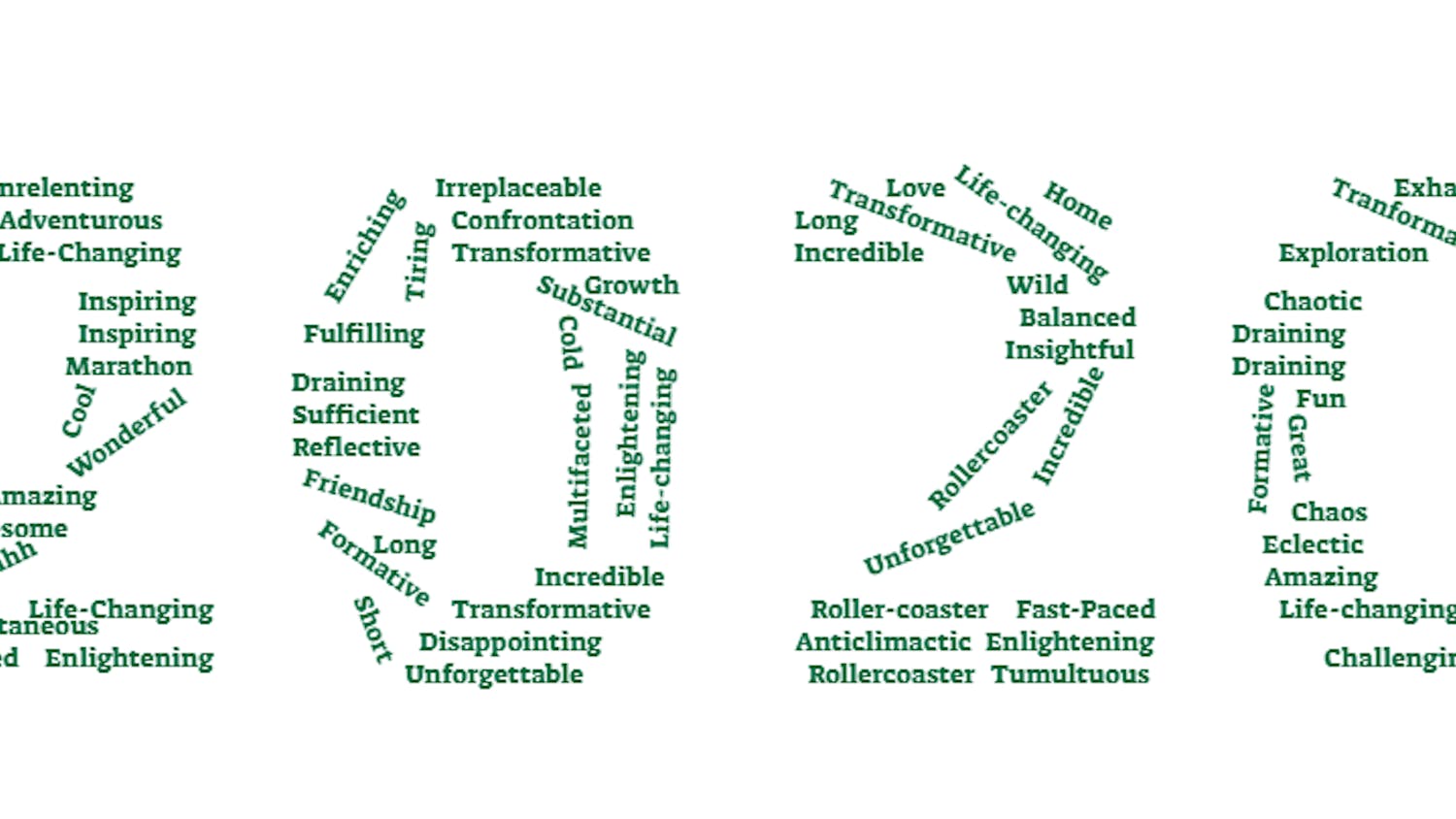In 1966, Martin Luther King Jr. addressed a press conference at the convention of the Medical Committee for Human Rights.
“Of all the forms of inequality, injustice in health is the most shocking and the most inhuman because it often results in physical death,” he said.
With this part of King’s work in mind, on Monday, Dartmouth’s Master of Health Care Delivery Service program sponsored a Zoom conversation between Susan Dentzer, journalist and senior policy fellow at Duke University’s Center for Health Policy, and Otis Brawley, physician and professor of epidemiology and oncology at Johns Hopkins University.
Katy Milligan ’90 Tu’07, director of MHCDS, said that while health care inequity has always been an important area of focus for students in the program, COVID-19 has brought it to the forefront.
“We’ve seen Black people and people of color in the United States becoming ill and dying disproportionately [compared] to the greater population,” Milligan said. “When you see that, you have to ask yourself why this is happening — and in good conscience, it becomes impossible to ignore.”
Recent studies from the Centers for Disease Control and Prevention have put statistical values to what frontline workers have seen for nearly a year: People of color, especially Black and Native American people, are disproportionately affected by the COVID-19 pandemic. In the U.S., Native Americans are hospitalized for COVID-19 at a rate about 5.3 times that of non-Hispanic white people, and Black and Latino Americans are hospitalized at a rate 4.7 times that of non-Hispanic white people.
Like Milligan said, COVID-19 is far from the first time the country has seen racial health care disparities. From 2007 to 2016, the CDC analyzed national data on pregnancy-related mortality and found that Black and Native American women over 30 in the U.S. have a rate of pregnancy-related death close to five times that of white women. This is just one example of major disparities in health care — Black people are also more likely to die earlier from stroke, diabetes and high blood pressure than are white people of the same age and socioeconomic group.
Health care disparities are something scientists and health care professionals should have been paying attention to for a long time, and many have. But COVID-19 has brought the issue to the minds of members of the general public who may not have been paying close enough attention before. When a deadly disease becomes much more deadly for some people than others, we need to pay attention and ask why.
According to Brawley, chronic stress that Black populations and poor populations experience on a daily basis can lead to hypertension, increased heart disease and overall worse health for disenfranchised populations.
“There are stresses about being poor, like not knowing where your next meal is coming from or not having housing at the end of the month,” Brawley said. “Being Black in America has additional stresses. Even at 60 years old, I tense up when I’m near a cop because of my previous experiences. If I am driving down the street and see a police car behind me, I get that shot of adrenaline.”
Dentzer explained that in nearly any disease, the way to reduce mortality without increasing disparity is through prevention.
“Every time we have made progress in the treatment of a disease in the United States, we have increased disparities. The rich get the new technology and the poor do not. The rich do better and the poor don’t,” Dentzer said. “The only time we have not increased disparities is when we have found a preventative. We’ve had fairly good success in preventing smallpox and yellow fever with no racial disparities at all.”
Dentzer said that the current COVID-19 situation, where a preventative measure is not yet widely available and hospitals are stretched in providing treatment, is another case study for these differences in survival.
The socioeconomic factors that contribute to higher COVID-19 mortality rates go beyond what an individual’s income is, Brawley said. How people live and what sorts of jobs they have also make a difference. People with lower incomes are more likely to live in multigenerational households or in areas with more pollution, where asthma or other respiratory conditions are more prevalent. They also often have jobs that expose them to the public, meaning that they have less ability to socially distance and work from home. They might also not have insurance or have trouble accessing health care. Plus, there was and continues to be a lack of support from the government.
“With COVID we had the perfect storm of so many different things,” Brawley said. “We had a presidential administration that really didn’t care. The way you overcome a public health emergency is as much through information and through teaching of the public as it is any other intervention.”
Brawley said the distrust many minorities and people in lower socioeconomic classes have in the COVID-19 vaccine has been earned over time.
“Everybody talks about Tuskegee, but virtually every Black person I know of who’s over the age of 40 can tell you about their personal experience with American medicine that merits distrust,” Brawley said. “I think as more and more people take the vaccine and do well, you will start seeing less vaccine hesitancy.”
He said that doctors and government officials should be open and honest about the effectiveness and side effects of the vaccine, relying on the fact that it has been proven through clinical trials.
“Being truthful about the uncertainty creates some uncertainty. But lying and ultimately being shown to be a liar creates even greater uncertainty. I recommend that we swallow the less bitter pill,” Brawley said.
Brawley said that despite the continued health inequity and disparities in the U.S., he has hope for the future.
“I’m more hopeful now than I was a year or two ago,” he said. “The thing that I saw in the last year was that the Black Lives Matter movement was not just a Black movement. You saw people of all races and ages and I can’t help but feel that the core of the country is starting to come together. We have a long way to go, but I’m hopeful.”




